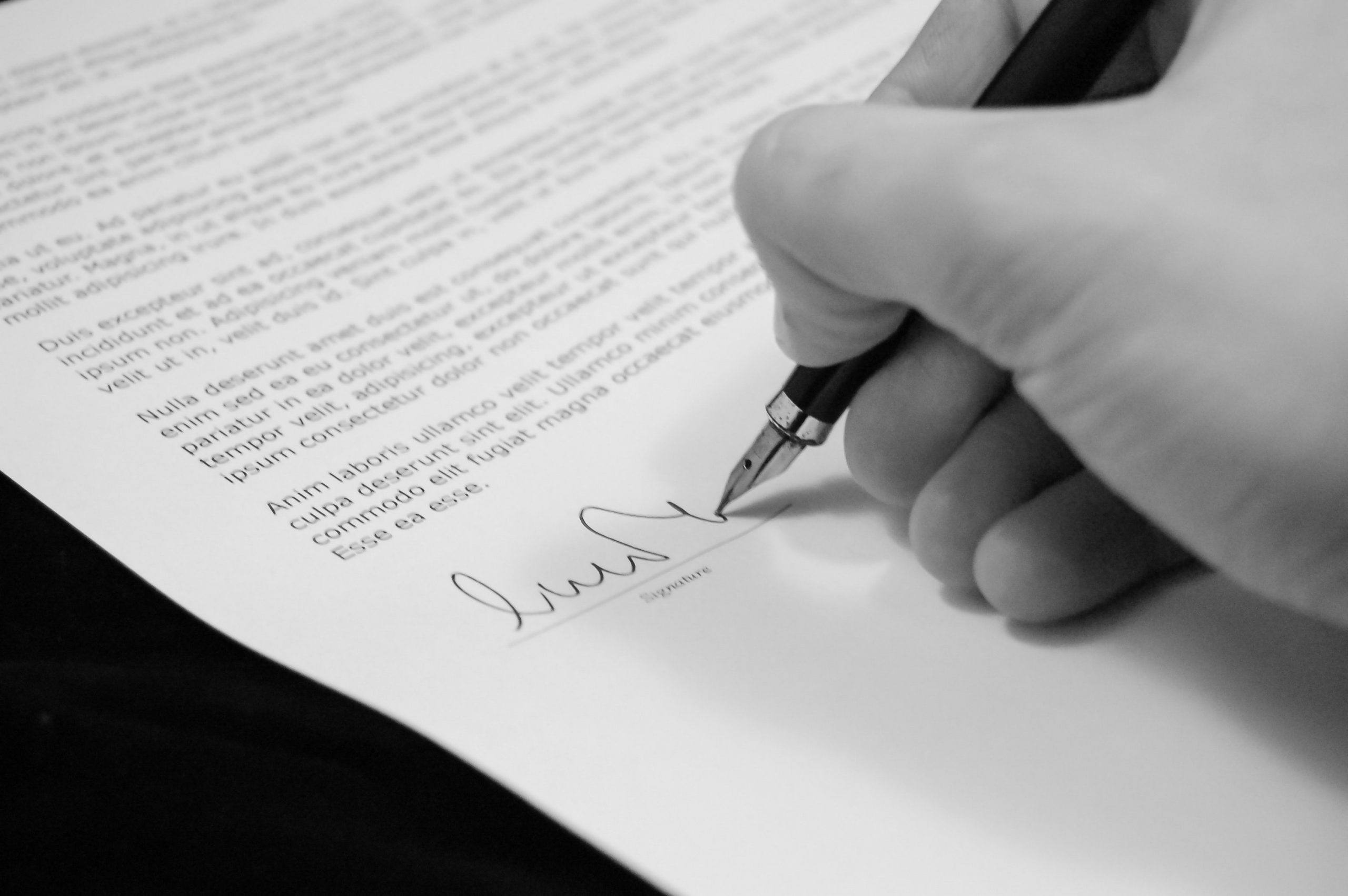The Law Commission has now (on 09 January 2020) published its much awaited paper on reform of our system of leasehold enfranchisement, the process by which tenants who own their property on a long lease can extend the lease or purchase the freehold. The paper is titled ‘Report on options to reduce the price payable’ which perhaps offers a clue as to its content. It follows on from a consultation with all stakeholders on wide-ranging reform to the enfranchisement process, spurred by concerns that the process it was proving too costly and the premiums payable by leaseholders to their landlords was too high.
In outline the report sets out three main options for a new regime to calculate the premium, as well as a series of sub-options for reform. To enable the politicians who will ultimately have to choose which option and combination of sub-options to enact, the report explains the extent to which leaseholders would benefit from each selection.
Presently, the leaseholder of a house seeking to purchase the freehold will pay a premium to the landlord comprising three elements (1) the value of the right to receive the ground rent of the remaining term of the lease, ‘the Term’ part of the valuation (2) the value of the right to have the property back when the lease expires, the so-called ‘Reversion’ and (3) half of ‘the Marriage Value,’ an additional payment recognized by valuers and the existing statutory regime that reflects the value of owning both the lease and freehold. This latter element assumes of course, in accordance with reality, that the enfranchising leaseholder is in the market and buying the freeholder.
The three main options for change posed by the report reflect three different assumptions about the extent to which the claimant leaseholder is taken to be present in the market in which the landlord’s interest is being valued, resulting in changes to the valuation. Under Scheme 1, it is assumed the leaseholder is never in the market, with the result that the premium is merely the sum of the Term and Reversion. Under Scheme 2, it is assumed that the leaseholder is not now in the market but may be in the future. The result is that hope value (the possibility of the leaseholder coming into the market and paying marriage value in the future) is added to the valuation. Scheme 3, would preserve the status quo described above (Term + Reversion + Marriage Value).
In addition, the report moots seven different Sub-options that could be applied to each of the Schemes, most working again to reduce the premium payable. Space does not permit a full exposition of these, but perhaps the most striking are Sub-option 2 which would summarily exclude the value of any onerous ground rents from the valuation and Sub-option 3 which would give leaseholders the option to accept a restrictive covenant preventing future development, such as a roof space development, and so escape payment of development value on enfranchisement (albeit with an overage provision if the restriction is lifted at a later date).
Rather remarkably tenant orientated commentators (see the FT Weekend section 1/2/20) have already torn into the proposals for even accepting as a starting point the ‘feudal’ concept of a leaseholder paying such an assembly of sums, objecting particularly to the additional payment extracted by way of Hope or Marriage Value. However, in a mature market where these components of value are broadly accepted, real values are necessarily predicted on these. Thus, taking the example in the Report of a £250,000 house subject to a 76 year lease with a ground rent of £50 rising to £200, under the current law (Scheme 3) a leaseholder would expect to pay a premium of £16,453, but under Scheme 2 this would reduce to £10,615 and under Scheme 1 to £9,155.
Demonstrably the choices presented by the Report and now confronting policy makers will have a profound effect on landlords and the value of reversionary estates, and inevitably therefore the property market more generally. We can expect to know more by the end of this year.








